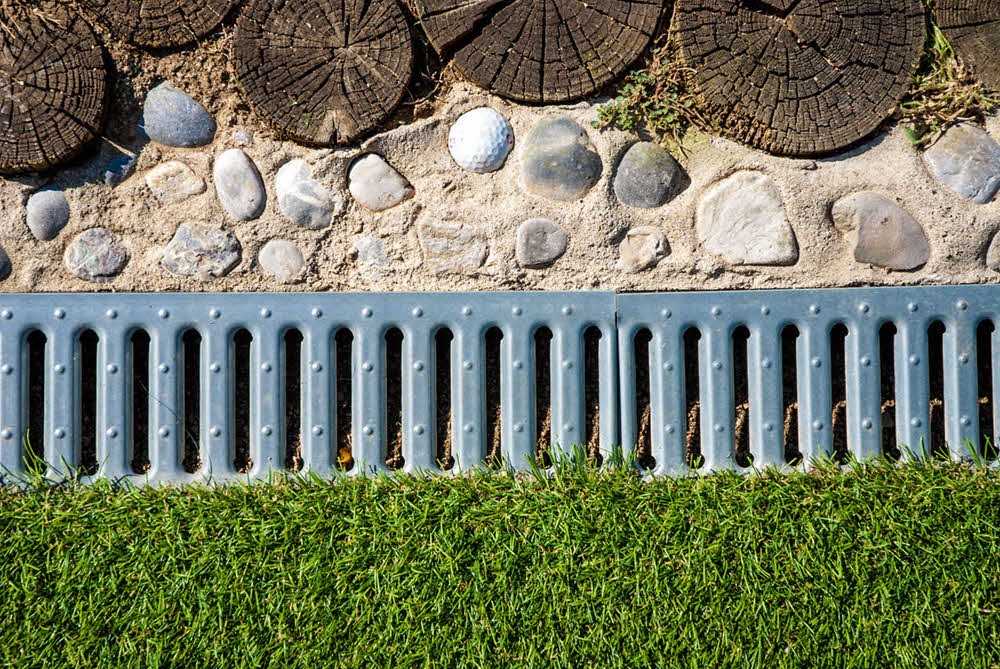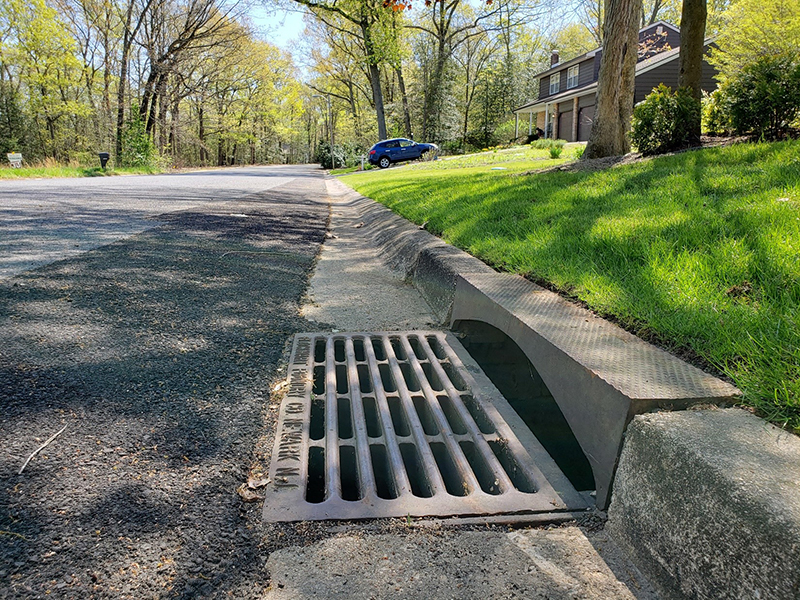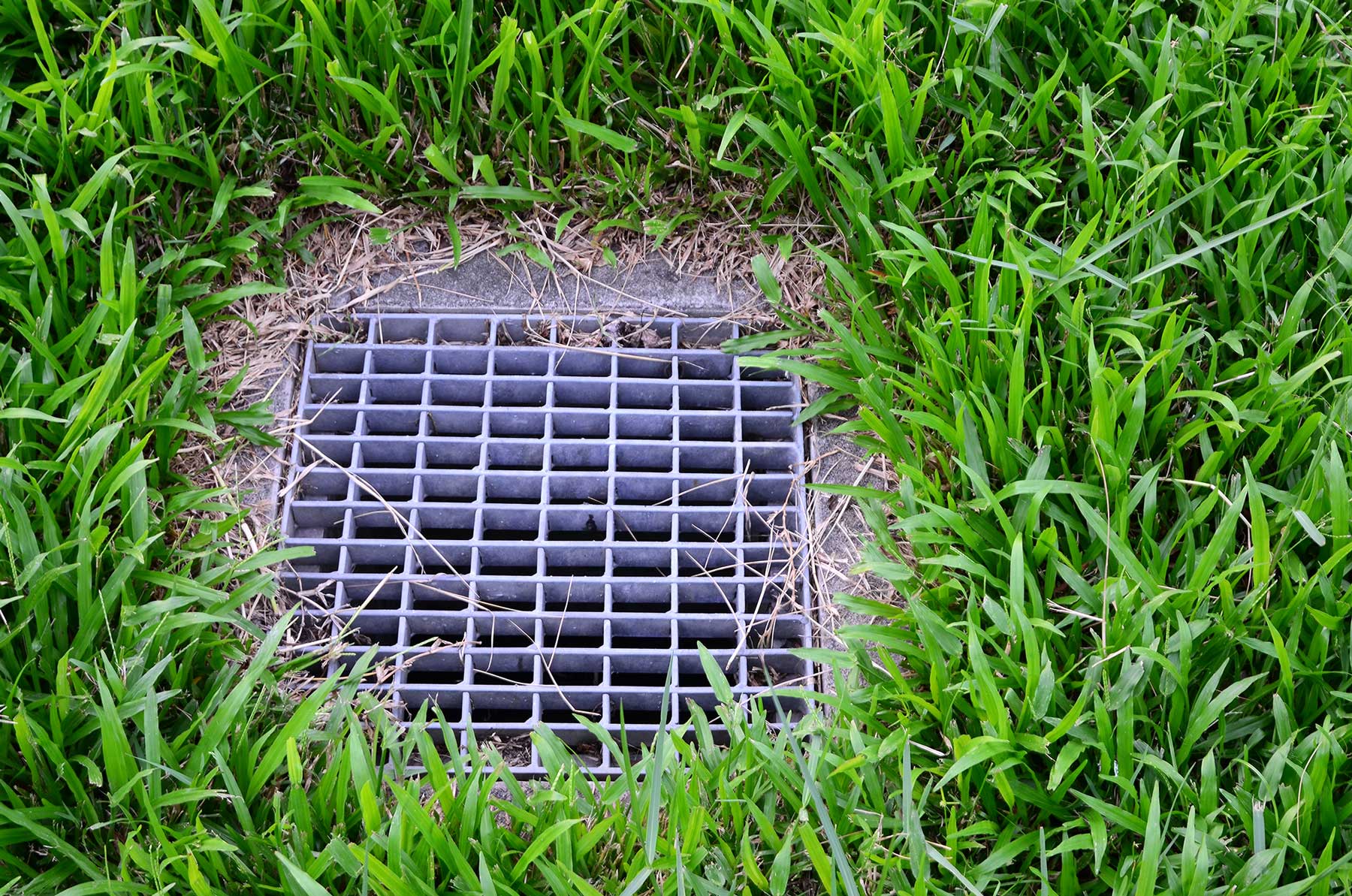Residential Storm Drain Servicesin Rochester MI
Residential Storm Drain Solutions to Protect Your Home from Water Damage
We Are Locally Owned & Operated For Over 37 Years
Contact Us Today!
We Serve Businesses In And Around The Following Cities:
About Residential Storm Drain Services
Understanding the Importance of a Residential Storm Drain
Residential storm drains, particularly within the city of Rochester, have become a critical infrastructure not only for residential properties but also for commercial ones. These systems ensure effective water management, especially during downpours or floods, protecting a property and its inhabitants from the destructive effects of uncontrolled water flow. This article will serve as a comprehensive guide to commercial property owners in articulating the crucial details and benefits of investing in a residential storm drain.
The Essentiality of Storm Drain Systems
Consider Rochester’s climate, dominated by heavy rainfall, snowfall, and rampant storms. It becomes understandable why an effectively operating house storm drain becomes an essential necessity. It enables the collection, conveyance, and discharge of excess stormwater from your premises into local drainage systems. In so doing, it minimizes the risk of flooding, thereby mitigating water damage to your property. It also helps in hydroplaning prevention, safeguarding your employees and customers from possible accidents and injuries.
More often than not, the driveway is one of the areas that witness the largest accumulation of stormwater. Here, a storm drain for driveway proves to be invaluable. It efficiently manages stormwater runoff, preventing water pooling on your property’s entrance which could compromise its structural integrity and pose a safety risk.
Fundamental Components of a Storm Drain
A residential storm drain system consists of several interconnected components. These typically include catch basins, manholes, piping, outfalls, and often, a storm drain in basement settings. The availability of different components allows for a range of configurations, optimized according to your property’s unique layout and needs.
A storm drain for house setting generally includes strategically placed catch basins to collect surface water, while a network of pipes channels this water away from your property. In situations where there is a high water table or where the property lies in a flood-prone zone, a storm drain basement mechanism becomes critical. Through this, water seeping into the basement is quickly redirected away, protecting the property’s foundations and ensuring the basement remains dry and safe.
Orienting the Storm Drain: Backyard and Yard
The placement of a storm drain system varies depending on a property’s configuration. For properties with expansive outdoor spaces, the inclusion of a storm drain in yard settings may be appropriate. A backyard storm drain can help control runoff from large surface areas, channeling it away before it triggers erosion or flood-related problems.
Implementing the Perfect Residential Storm Drain System
Implementing a flawless residential storm drain system can indeed be daunting for many commercial property owners. However, it becomes effortless with the assistance of a well-versed company such as D&J Contracting. They specialize in crafting customized solutions that impeccably cater to a client’s unique needs and circumstances. Their expertise blends art and science to devise an ideal storm drain for yard and other areas.
They understand that each property is unique and requires a bespoke approach. Whether you need a storm drain basement system for a property often encountering groundwater problems or a basic home storm drain system to manage excess storm runoff, D&J Contracting is the partner you can rely on. Their comprehensive services promise a functional, efficient, and durable storm drain that safeguards your property against water-related perils.
Witnessing the Benefits of a Well-Executed Residential Storm Drain System
The impacts of a well-designed and appropriately maintained residential storm drain system are multifaceted and far-reaching. It prevents downstream flooding, ensures soil stability, and guards against infrastructure damage. Businesses no longer need to worry about waterlog affecting their operations or damage to their premises. Safety is also enhanced as hazards associated with excessive flooding, such as slip-and-fall accidents, are averted.
Several commercial property owners in Rochester have experienced the benefits of these systems firsthand. Through expert installation by companies like D&J Contracting, they now enjoy enhanced immunity from water-induced destruction, demonstrating the relevance of this service to any commercial property within the city.
In conclusion, the investment in a proficient residential storm drain system is one of the best decisions a commercial property owner in Rochester can make. Besides preserving the structural integrity of your property, it safeguards you from potential legal issues linked to water damage on neighboring properties resulting from your runoff. Choose a trusted partner like D&J Contracting, and stay secured against the ravages of stormwater, benefitting from a sound, worry-free asset.
Residential Storm Drain Services Gallery


Call Us Today to receive your Free Quote for
Residential Storm Drain in Rochester
Serving: Rochester, Michigan

About Rochester, Michigan
The Odawa, Ojibwe, Potawatomi and Wyandot peoples all resided in the Rochester area. All of them ceded land claims by the early 19th century. The first settlers in what would become Rochester, the Graham family, built a log cabin in 1817. The cabin was located on present-day 3rd St., just west of Main. The city was named for Rochester, New York, just like Rochester, Minnesota, as many early settlers to the area were formerly from the state of New York.
The city became an industrial center with abundant water power from the Clinton River and Paint Creek. The interconnected waterways are no longer used for travel or local industry, but provide natural beauty, some fishing, and a healthy portion of the Clinton Watershed. Historically, past industries formerly located in Rochester included a refinery for sugar beets, a paper products company, and the Western Knitting Mills factory, which was later adapted and utilized during World War II for incendiary production—businesses that no longer exist in the area. Rochester was served by two railroads as well as the Detroit United Railway, an interurban to Royal Oak and Detroit.
Chapman Mill Pond, east of downtown, disappeared into the Paint Creek when the dam broke during the flood of 1946. The reclaimed land is the site of the current post office, Rochester Hills library, and Olde Towne Road. Water Street, formerly situated at the edge of the large pond, remains by its name a reminder of the pond’s former existence.
Michigan became the 26th state in 1837, and the Village of Rochester was formed on April 12, 1869, within the boundaries of Avon Township. By 1895, Rochester’s population was 900. The village became the city of Rochester in 1967, breaking away from Avon Township. Avon Township became the City of Rochester Hills in 1984, following a long court battle, where the city of Rochester annexed 2.2 square miles (5.7 km) of Avon Township’s land. It more than doubled the city of Rochester’s size.
According to the United States Census Bureau, the city has a total area of 3.82 square miles (9.89 km), all land.
Since an annexation of a section of Avon Township (now Rochester Hills), the city has an eastern boundary that extends to the border with Macomb County.
| Census | Pop. | Note | %± |
|---|---|---|---|
| 1880 | 996 | — | |
| 1890 | 900 | −9.6% | |
| 1900 | 1,535 | 70.6% | |
| 1910 | 1,516 | −1.2% | |
| 1920 | 2,549 | 68.1% | |
| 1930 | 3,554 | 39.4% | |
| 1940 | 3,759 | 5.8% | |
| 1950 | 4,279 | 13.8% | |
| 1960 | 5,431 | 26.9% | |
| 1970 | 7,054 | 29.9% | |
| 1980 | 7,203 | 2.1% | |
| 1990 | 7,130 | −1.0% | |
| 2000 | 10,467 | 46.8% | |
| 2010 | 12,711 | 21.4% | |
| 2020 | 13,035 | 2.5% | |
| U.S. Decennial Census | |||
As of 2000 the median income for a household in the city was $65,179, and the median income for a family was $92,078. Males had a median income of $62,486 versus $37,107 for females. The per capita income for the city was $36,989. About 0.6% of families and 2.7% of the population were below the poverty line, including 1.0% of those under age 18 and 5.9% of those age 65 or over.
As of the census of 2010, there were 12,711 people, 5,514 households, and 3,195 families residing in the city. The population density was 3,318.8 inhabitants per square mile (1,281.4/km). There were 5,994 housing units at an average density of 1,565.0 per square mile (604.2/km). The racial makeup of the city was 88.6% White, 3.7% African American, 0.2% Native American, 5.5% Asian, 0.6% from other races, and 1.5% from two or more races. Hispanic or Latino of any race were 2.7% of the population.
There were 5,514 households, of which 30.9% had children under the age of 18 living with them, 47.3% were married couples living together, 7.7% had a female householder with no husband present, 2.9% had a male householder with no wife present, and 42.1% were non-families. 35.5% of all households were made up of individuals, and 8.8% had someone living alone who was 65 years of age or older. The average household size was 2.31 and the average family size was 3.09.
The median age in the city was 38.3 years. 25.1% of residents were under the age of 18; 7.6% were between the ages of 18 and 24; 29.4% were from 25 to 44; 26.4% were from 45 to 64; and 11.5% were 65 years of age or older. The gender makeup of the city was 48.0% male and 52.0% female.
The city of Rochester is governed by a seven-member city council and its mayor. City policy is then administered by a full-time city manager. The government provides full city services, including police, fire and water/sewer services, similar to many other communities in north Oakland County.
The city contracts with neighboring Rochester Hills for public library services for the city’s residents.
Rochester is served by Rochester Community Schools, whose boundaries completely encompass the city. A majority of the residents are zoned to Stoney Creek High School, with a small part of the west side of the city instead zoned to Rochester High School. Both high schools are located in Rochester Hills.
Oakland University, while geographically split between the cities of Rochester Hills and Auburn Hills, has maintained a Rochester mailing address since its inception in 1958. The main campus buildings are located in the nearby but not adjacent city of Auburn Hills.
Call Us Today to receive your Free Quote for
Residential Storm Drain in Rochester
Related Services in Rochester, Michigan
We Serve Businesses In The Following Zip Codes:
48007, 48015, 48021, 48026, 48035, 48036, 48038, 48042, 48043, 48044, 48045, 48046, 48047, 48048, 48050, 48051, 48066, 48071, 48080, 48081, 48082, 48083, 48084, 48085, 48088, 48089, 48090, 48091, 48092, 48093, 48098, 48099, 48225, 48230, 48236, 48310, 48311, 48312, 48313, 48314, 48315, 48316, 48317, 48318, 48397